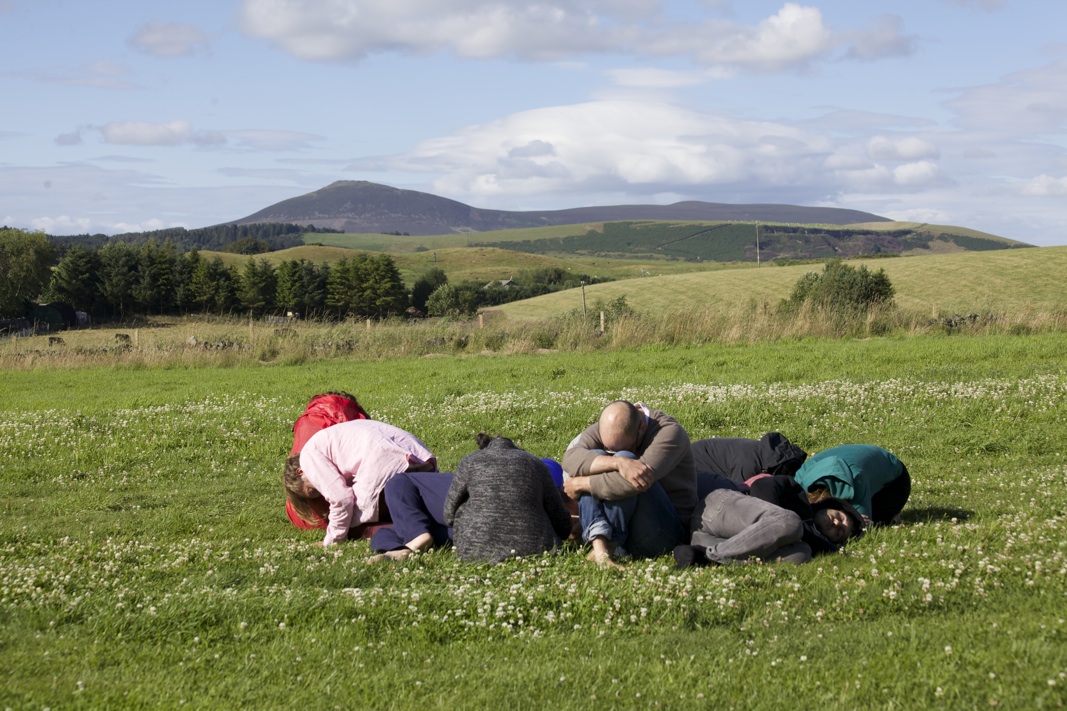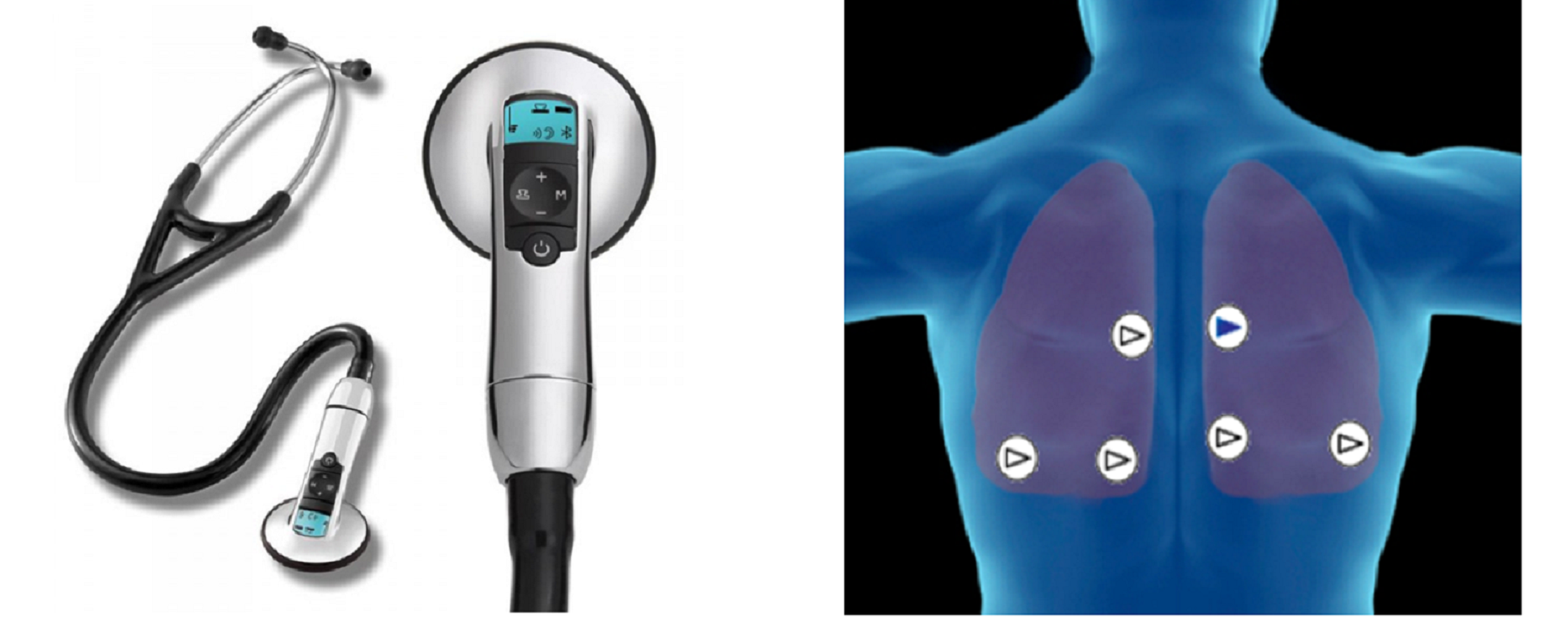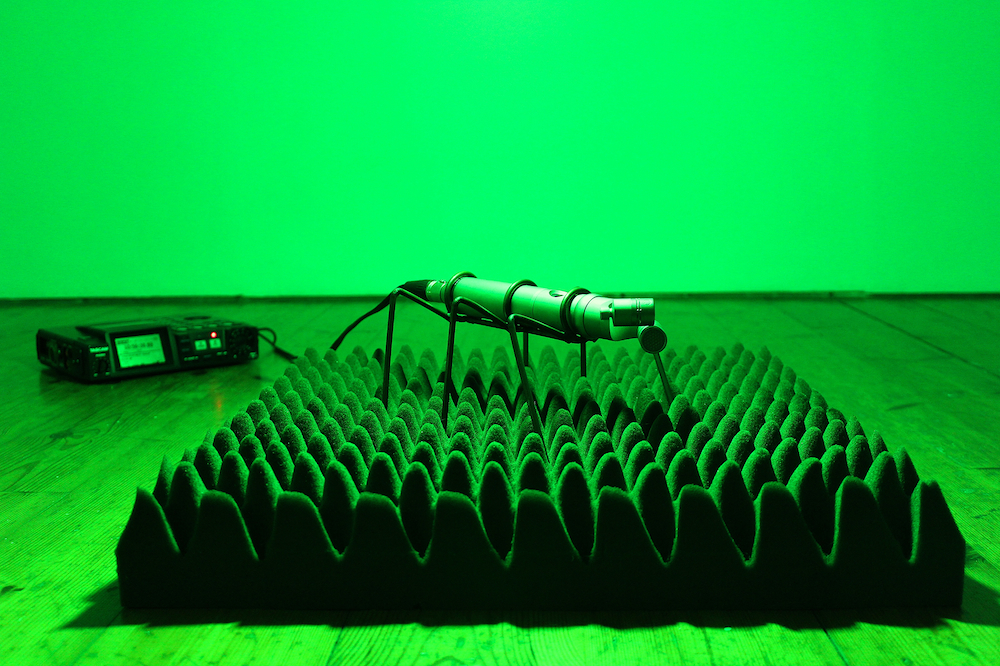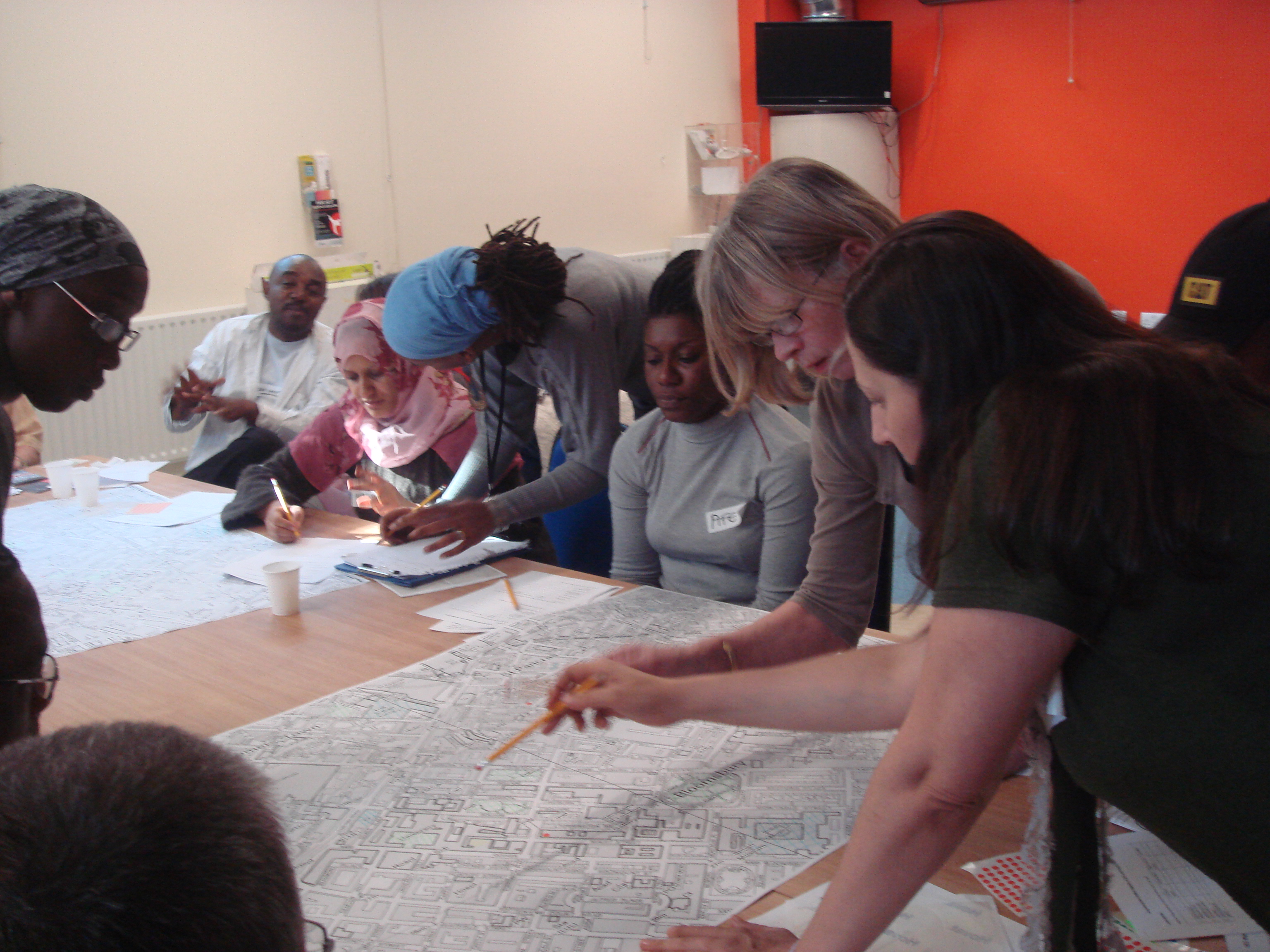Organised across two days and hosted by the Institute of Sound and Vibration Research in the Faculty of Engineering and the Environment at Southampton University, this second network event provided a framework for the presentation, exposition, comparison and debate of different approaches to exploring materials and bodies through listening and sound.
Both days featured sessions of debate and discussion triggered by and focussed around six 15 minute presentations by key and core network members, who described, presented, evidenced, illustrated, etc. how they listen, what they hear, and how they deal with sonic material / data in their work and research; how they evaluate, use and apply their sonic findings; and how they engage these listening / recording methodologies in teaching, communication or for the consultation with clients, patients, students, industry, etc.
As part of the event we visited the anechoic and reverberant chambers in the Institute of Sound and Vibration Research at Southampton University, and were given a demonstration in audiology.
Like the first network event this meeting too aimed to facilitate knowledge sharing to provoke novel interactions, enabling the key and core participants, as well as a participatory audience, not only to break down barriers between disciplines, but also to set the terms for doing so between universities, research, pedagogy, industry and the public. The meeting invited exchange and debate to enable a ‘shared enquiry’ that produces shared and shareable outcomes.
The particular emphasis on materialities and bodies focused a cross disciplinary listening on the aim to understand the world as a material and social sphere, whose components and interactions can be heard as well as seen. It involved anthropology, forensics, history, art, music and neurology as well as technology and medical sciences to explore how new knowledge might be created, applied and communicated through sound.
The roundtable consisted of network members, core members, as well as a specially invited participating audience involving doctoral students, post-doctoral researchers, UAL and SoU staff as well as members of the general public.
The aim was to engage the group in the differing methods, channels, tools, and objectives of listening practices across the differing academic or professional fields, in order to discuss and query processes, technologies, tools, and aims. The presentation and discussions of such a variety of academic, artistic and professional contexts and objectives of listening provided a platform for comparison, exchange, re-evaluation and inspiration, and initiate a debate on the legitimacy of the heard as an artistic and scientific material, data and outcome and what knowledge it might provide.
The first meeting brought a focus on language, and emphasised the need for a shared terminology and discourse, and it foregrounded the question of consensus or ambiguity. In the second meeting we continued to pursue these questions and persisted with the effort of building a glossary of terms and a resource of key texts and materials that might serve this endeavour.
Among the other questions brought forward from the first event were:
- What sound is to different professions / tasks / disciplines?
- How different disciplines listen / record sound?
- What different professions, academic researchers, etc. hear?
- How the listened to is evaluated, communicated and applied?
- How listening can be taught, shared?
But many more questions arose during the network days.
Our aims are to investigate the possibility of a shared vocabulary, produce a glossary of terms and methods, compare technological, material, conceptual, etc. approaches of listening / recording sound as well as of its evaluation and application, and in respect to the teaching and dissemination of that auditory knowledge and sensibility. Another aim is the imaginative construction of a shared listening hub, and what it would have to provide, and how it might have to be conceived, built, structured and worked with to be useful across the disciplines.











![AL[1200]](/archives/2016/wp-content/uploads/2016/05/AL1200.jpg)